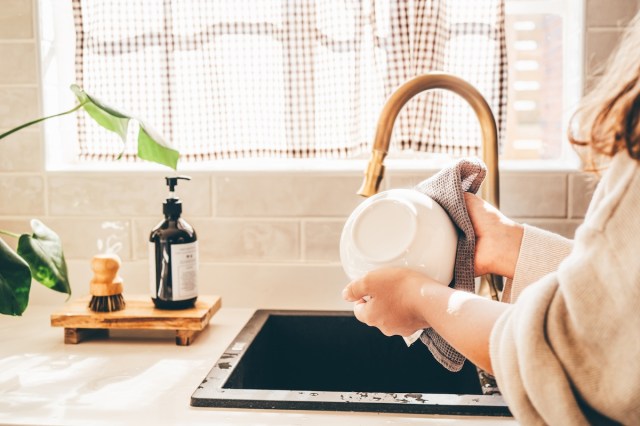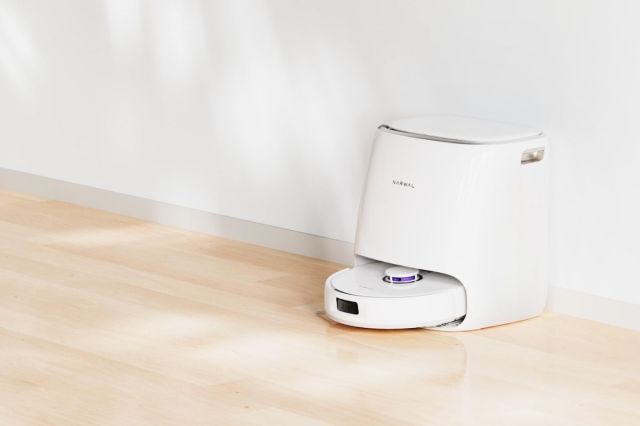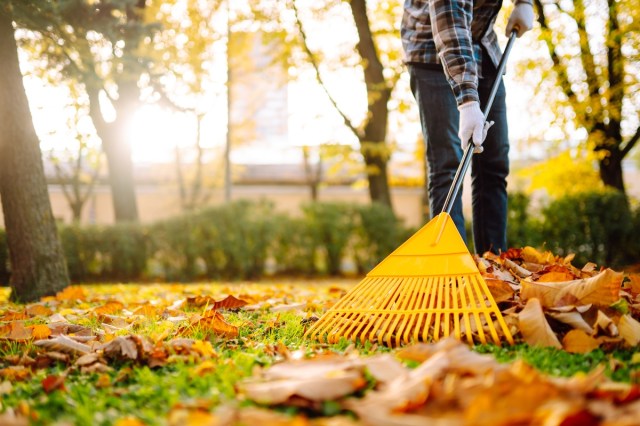Laundry is a time-consuming chore, and it’s only natural to seek ways to make the process easier. Instead of carefully measuring out detergent, many people choose to simply toss a laundry pod into their washing machine, speeding up the process. But what laundry pods offer in convenience, they lack in affordability and sustainability. Here’s why you should stop using laundry pods ASAP.
All featured products and deals are selected independently and objectively by the author. Better Report may receive a share of sales via affiliate links in content.
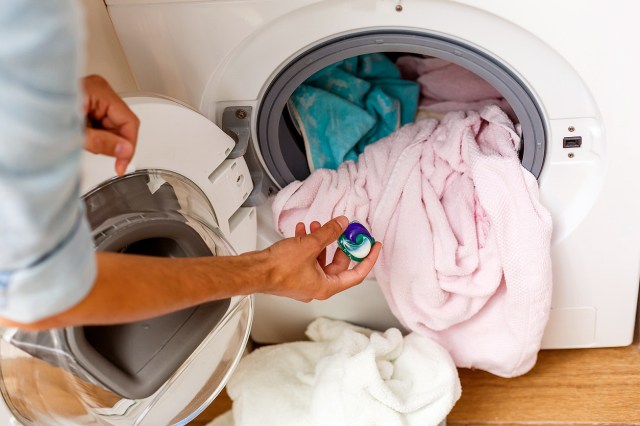
The Downside of Laundry Pods
To the naked eye, laundry pods seem to dissolve, but many of their harmful microplastics linger long after you’ve washed your clothes. Each laundry pod is made of a water-soluble synthetic polymer called polyvinyl alcohol (PVA), designed to hold in liquid and soap before entirely dissolving in the wash. However, researchers have found that 75% of leftover plastics from laundry pods travel down the drain, making their way into the public water supply. Traces of PVA materials have been found in fish and even human breast milk, and pods are a definite contributor to this problem.
Laundry pods are also more expensive than liquid and powder detergents, sometimes costing up to 50% more per load. While this may be just a few cents each time, those costs can quickly add up on a strained household budget — especially when you can’t control the amount of detergent you’re using each time as you can with liquid or powdered soaps or use it for other purposes, like spot-treating stains.
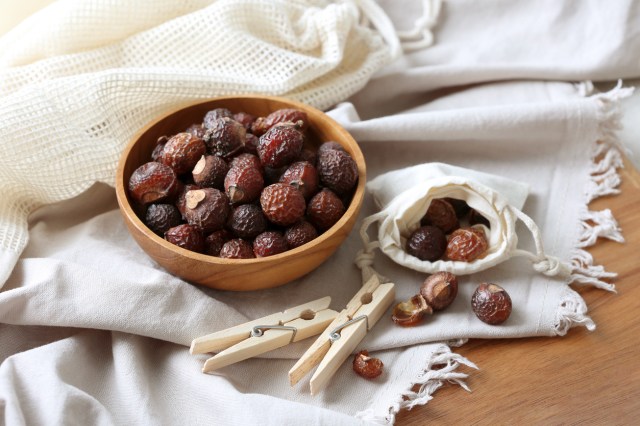
Alternatives to Laundry Pods
Soap nuts are a natural alternative to laundry pods and detergents. Put five to seven nuts inside the included sack and throw them into the wash. The soap nuts will work just as well as laundry detergent and can be reused up to five times before needing to be replaced.
If you have the time, you can also make your own affordable detergent. Mix 14 ounces of washing soda, 14 ounces of borax, and 4.5 ounces of unscented natural soap flakes. Depending on the size, use 1 to 3 tablespoons for each load, and store the mixture in a tightly sealed container when not in use.
Featured Image Credit: PeopleImages/ iStock
More From Our Network
Better Report is part of Inbox Studio, which publishes content that uplifts, informs, and inspires.









